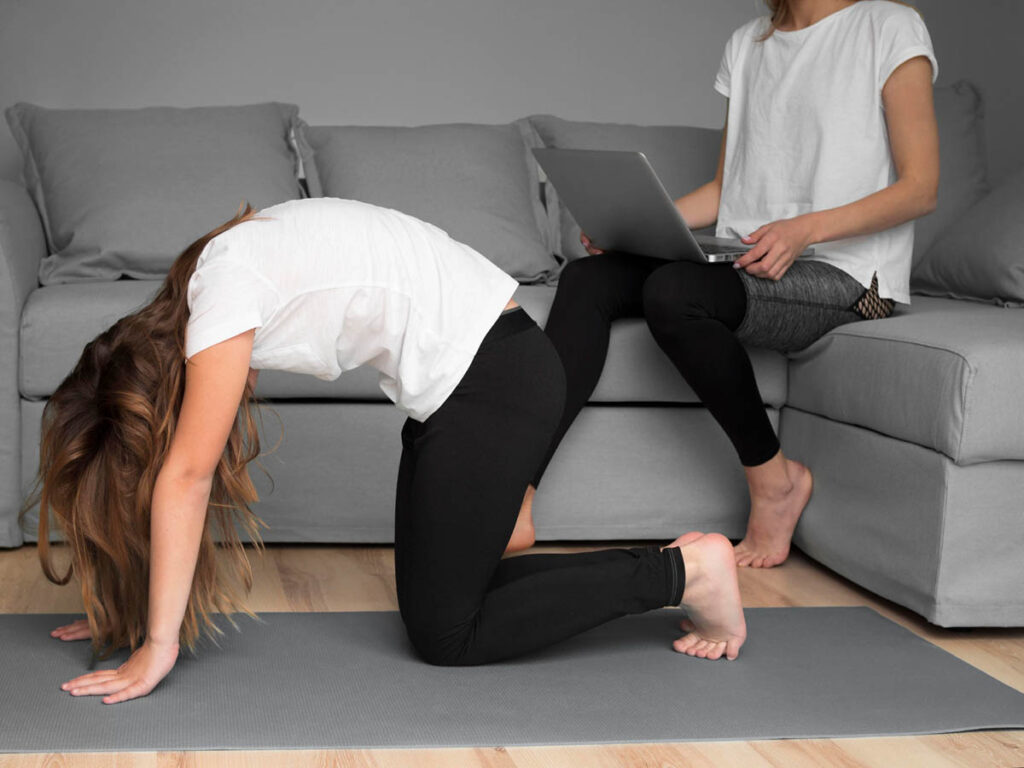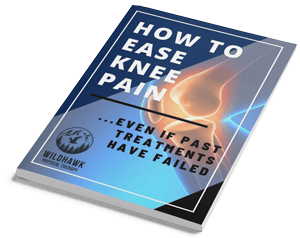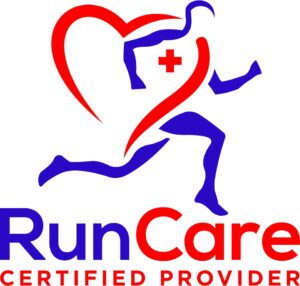
Introduction
The pelvic floor is a hammock-shaped group of muscles that supports your pelvic organs. These muscles are crucial in bladder and bowel control, sexual function, and core stability. However, when these muscles become overly tense and struggle to relax, a condition known as hypertonic pelvic floor can arise. This blog delves into the causes, treatments, and prevention strategies for hypertonic pelvic floor.
What is a Hypertonic Pelvic Floor?
A hypertonic pelvic floor occurs when the pelvic floor muscles are in a constant state of contraction. Imagine your fist clenched tightly all day – that’s what a hypertonic pelvic floor feels like for these muscles. This persistent tightness disrupts their ability to function properly, leading to a wide range of symptoms. In fact, studies suggest the prevalence of this condition ranges from 50% to 90%, impacting the quality of life for many individuals.
Symptoms of Hypertonic Pelvic Floor
Hypertonic pelvic floor can manifest in many ways, affecting different aspects of your daily life. Here are some common symptoms:
- Pelvic Pain: A general feeling of tightness, aching, or throbbing in the pelvic region.
- Discomfort During Intercourse: Painful intercourse (dyspareunia) or vaginal tightness can occur, leading to sexual dysfunction.
- Urinary Issues: Urinary incontinence, frequent urination, urgency, hesitancy, incomplete emptying of the bladder, slow flow of urine or painful urination (dysuria) may be experienced.
- Constipation: Difficulty passing stool, straining, or incomplete bowel movements are common.
- Lower Back Pain: Tension in the pelvic floor can radiate to the lower back, causing discomfort.
- Pressure Sensations: A feeling of heaviness or pressure in the pelvic area can be present.
- Painful Menstruation: Increased menstrual cramps or painful symptoms can be associated with a hypertonic pelvic floor.
Causes of Hypertonic Pelvic Floor

Several factors can contribute to a hypertonic pelvic floor. Here’s a breakdown of some common causes:
Physical Factors:
- Injury or Trauma: Pelvic surgery, childbirth, or injuries to the pelvic region can trigger hypertonicity.
- Chronic Constipation: Straining during bowel movements can overwork the pelvic floor muscles. This can lead to tightness.
- Chronic Pain Conditions: Conditions such as endometriosis, interstitial cystitis, and pelvic inflammatory disease can lead to chronic pelvic pain, directly impacting the pelvic floor muscles.
- Poor Posture: Slouching or prolonged sitting can put unnecessary stress on the pelvic floor.
- High-Impact Exercise: Activities like repetitive jumping or heavy lifting can contribute to pelvic floor tension.
Psychological Factors:
- Stress and Anxiety: Chronic stress can manifest as physical tension, including in the pelvic floor.
- History of Sexual Abuse or Trauma: Past sexual trauma can lead to pelvic floor hypertonicity due to involuntary muscle guarding.
Behavioral Factors:
- Habitual Tensing: Unconsciously clenching the pelvic floor muscles throughout the day can contribute to hypertonicity.
- Poor Bathroom Habits: Straining during urination or bowel movements and frequent holding of urine/stool can worsen the condition.
Hormonal Changes:
- Menopause: Decreasing estrogen levels during menopause can weaken the pelvic floor, leading to hypertonicity in some cases.
- Pregnancy and Childbirth: Pregnancy and childbirth can place significant strain on the pelvic floor, potentially leading to hypertonicity.
Neurological Conditions:
Some neurological conditions like multiple sclerosis can affect nerve function in the pelvic floor, leading to hypertonicity.
Treatment Options
Fortunately, pelvic floor disorder like hypertonic pelvic floor is a treatable condition. Here are some effective treatment approaches:
Physical Therapy:
Physical therapy is crucial in hypertonic pelvic floor treatment. A pelvic floor therapist can assess your condition and design a personalized program that includes:
- Relaxation Techniques: Techniques like deep breathing and progressive muscle relaxation can help you learn to relax the pelvic floor muscles.
- Stretching Exercises: Gentle stretches can target tight muscles of the pelvic floor, improving flexibility and reducing tension.
- Manual Therapy: Internal or external manual therapy techniques can help release trigger points and promote relaxation in the pelvic muscles.
Medications:
In some cases, your doctor may prescribe muscle relaxants or other medications to help manage chronic pain and discomfort associated with hypertonic pelvic floor.
At-Home Strategies:
In conjunction with professional treatment, several at-home strategies can help relieve hypertonic pelvic floor symptoms:
- Simple Hypertonic Pelvic Floor Exercises: Kegel exercises are often used for strengthening and can be modified to focus on relaxation in this case. Consult a physical therapist for proper guidance.
- Relaxation Techniques: Practice deep breathing exercises and mindfulness techniques to reduce overall stress and tension that can contribute to hypertonic pelvic floor.
- Warm Baths: Soaking in a warm bath can provide temporary relief from pelvic pain and muscle tension.
Prevention Strategies

Incorporating healthy habits into your lifestyle can significantly reduce your risk of developing hypertonic pelvic floor or manage existing symptoms:
Regular Exercise:
- Pelvic Floor Relaxation Exercises: Regular practice of pelvic floor relaxation exercises, alongside professional guidance, can help maintain optimal muscle tone and flexibility.
- General Physical Activity: Engaging in regular low-impact exercises like walking, swimming, or yoga promotes overall physical health and well-being, indirectly benefiting the pelvic floor.
Proper Posture:
- Sitting and Standing: Maintain good posture while sitting and standing. Avoid slouching, which can put extra strain on the pelvic floor.
- Ergonomics: Ensure proper ergonomics at work and home to minimize stress on your hypertonic muscles.
Stress Management Techniques:
- Mindfulness and Relaxation: Practice mindfulness and relaxation techniques like meditation or yoga to manage high levels of stress, which can contribute to pelvic floor tension.
- Breathing Exercises: Deep breathing exercises can be a powerful tool to calm the nervous system and promote relaxation in the pelvic floor muscles.
Balanced Diet:
- Fiber-Rich Foods: Consuming a diet rich in fiber helps maintain regularity and reduces straining during bowel movements, which can worsen hypertonic pelvic floor.
- Hydration: Staying adequately hydrated ensures smooth bowel movements and reduces the need for straining.
- Avoiding Irritants: Limiting caffeine, alcohol, and spicy foods can help reduce bladder and bowel irritation, which can worsen hypertonic pelvic floor symptoms.
Get Relief with WildHawk PT for Your Pelvic Floor Needs!
WildHawk Physical Therapy offers specialized physical therapy services for those struggling with a hypertonic pelvic floor, including issues related to constipation and pelvic pain. Our experts are dedicated to providing personalized care to help you find relief and enhance your pelvic floor health, ultimately improving your quality of life.
Conclusion
Hypertonic pelvic floor, while uncomfortable, is a manageable condition. By understanding the symptoms, causes, and treatment options available, you can take control of your pelvic health and improve your quality of life. Remember, seeking a healthcare professional like a pelvic floor therapist for a therapeutic option is important for diagnosis and creating a personalized treatment plan.
FAQs
What does a hypertonic pelvic floor feel like?
A hypertonic pelvic floor can manifest in various ways, including pelvic pain, difficulty passing stool or urine, and pain during intercourse.
Can hypertonic pelvic floor feel like a UTI?
Hypertonic pelvic floor symptoms can sometimes mimic a UTI (urinary tract infection), such as frequent urination or burning during urination. However, a urine test can differentiate between the two conditions.
Can a tight pelvic floor make you pee more?
Yes, a tight pelvic floor can contribute to frequent urination or urgency due to an inability to fully empty the bladder.










